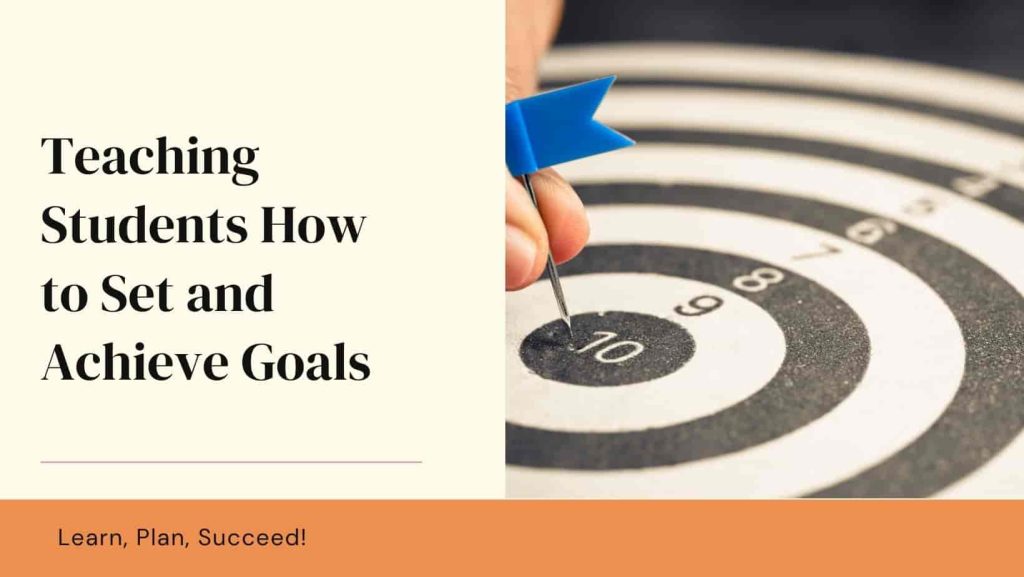
Teaching Students How to Set and Achieve Goals
Goal-setting is a foundational skill that helps students build confidence, develop focus, and cultivate a growth mindset essential for academic and personal success. At Valdymas College of Advanced Studies, we emphasize teaching students how to set meaningful goals and work steadily to achieve them. This approach goes beyond the classroom, enabling students to become self-motivated learners who can set and pursue objectives in all areas of life. As we go further in this blog post, we will discuss the importance of setting realistic goals, breaking them down into actionable steps, the role of mentorship, tracking progress, and building lifelong skills.
1. The Importance of Setting Realistic and Attainable Goals
Goal-setting begins with defining clear, realistic objectives. At Valdymas College, we guide students to create both short-term and long-term goals that align with their strengths and aspirations. Setting attainable goals helps students experience the satisfaction of reaching milestones, building confidence to pursue more ambitious objectives over time.
2. Breaking Down Goals into Manageable Steps
An essential component of achieving goals is breaking larger objectives into smaller, manageable tasks. This approach helps students avoid feeling overwhelmed, instead focusing on incremental progress. For instance, a student aiming to improve their math grade might start by setting weekly study targets or focusing on specific problem areas. With each small task completed, they build momentum and stay motivated.
3. Using SMART Goals for Clarity and Focus
At Valdymas College, we teach students to structure their goals using the SMART (Specific, Measurable, Achievable, Relevant, Time-bound) framework. This clear, focused approach allows students to define and track their goals effectively. For example, a student looking to improve public speaking might set a SMART goal to present in front of the class by the end of the term, establishing a clear path to success.
4. The Role of Mentors and Teachers in Goal Achievement
Mentorship is crucial in the goal-setting journey at Valdymas College. Teachers and mentors provide guidance, encouragement, and constructive feedback, helping students navigate obstacles and stay motivated. Educators here foster a supportive environment that encourages students to learn from setbacks and view challenges as opportunities for growth.
5. Tracking Progress and Celebrating Achievements
At Valdymas, we stress the importance of tracking progress as a way to measure growth and make necessary adjustments. Regular assessments, which are part of our curriculum, offer students consistent feedback. This ongoing evaluation keeps students focused and helps them adapt their strategies as needed. Celebrating milestones, no matter how small, reinforces their commitment and motivates them to keep setting and achieving goals.
6. Building Lifelong Goal-Setting Skills
Our approach to goal-setting at Valdymas College is designed to instill lifelong skills. Through structured goal-setting exercises, progress monitoring, and mentorship, students gain the ability to set meaningful objectives and persevere in reaching them. These skills, practiced early, prepare students to face future challenges with resilience, confidence, and purpose.
Conclusion
Teaching students to set and achieve goals is a powerful tool that extends beyond academic success. At Valdymas College of Advanced Studies, our goal-setting practices enable students to become proactive, self-motivated learners. By instilling these practices early, we help them approach life’s complexities with a clear sense of purpose and the resilience needed to reach their full potential.
References
- Locke, E. A. (1990). Goal Setting Theory and Task Performance.
- Clear, J. (2018). Atomic Habits: An Easy & Proven Way to Build Good Habits & Break Bad Ones.
- Dweck, C. S. (2006). Mindset: The New Psychology of Success.
- Blanchard, K., & Johnson, S. (1981). The One Minute Manager.



